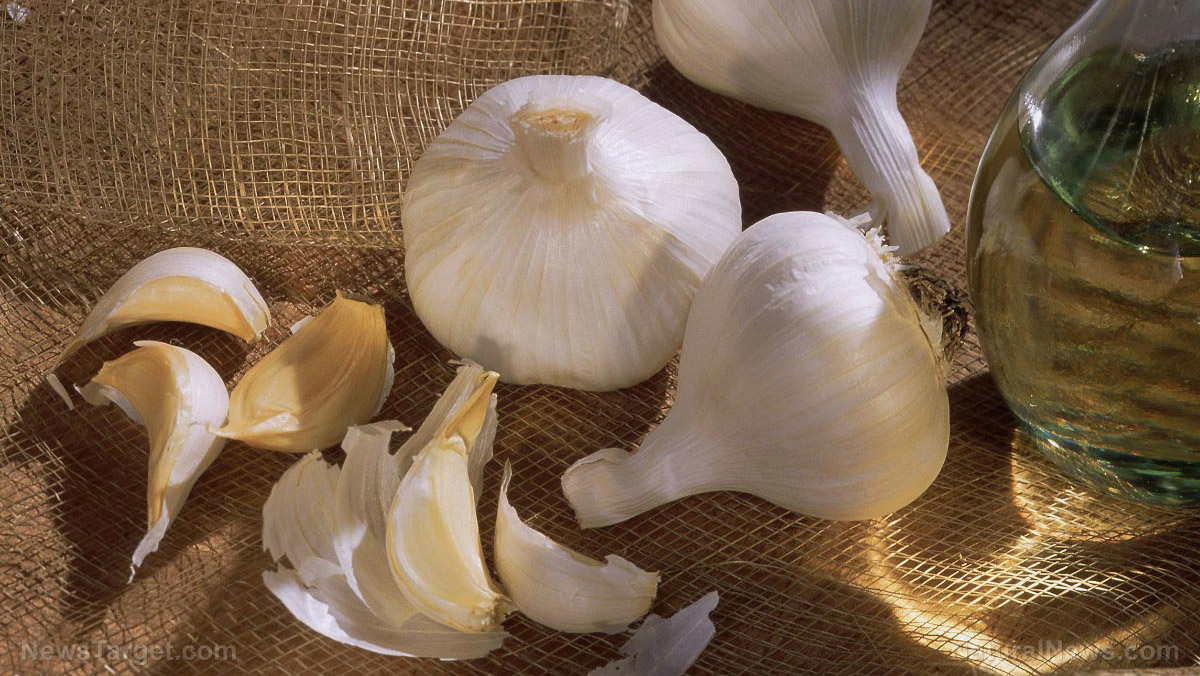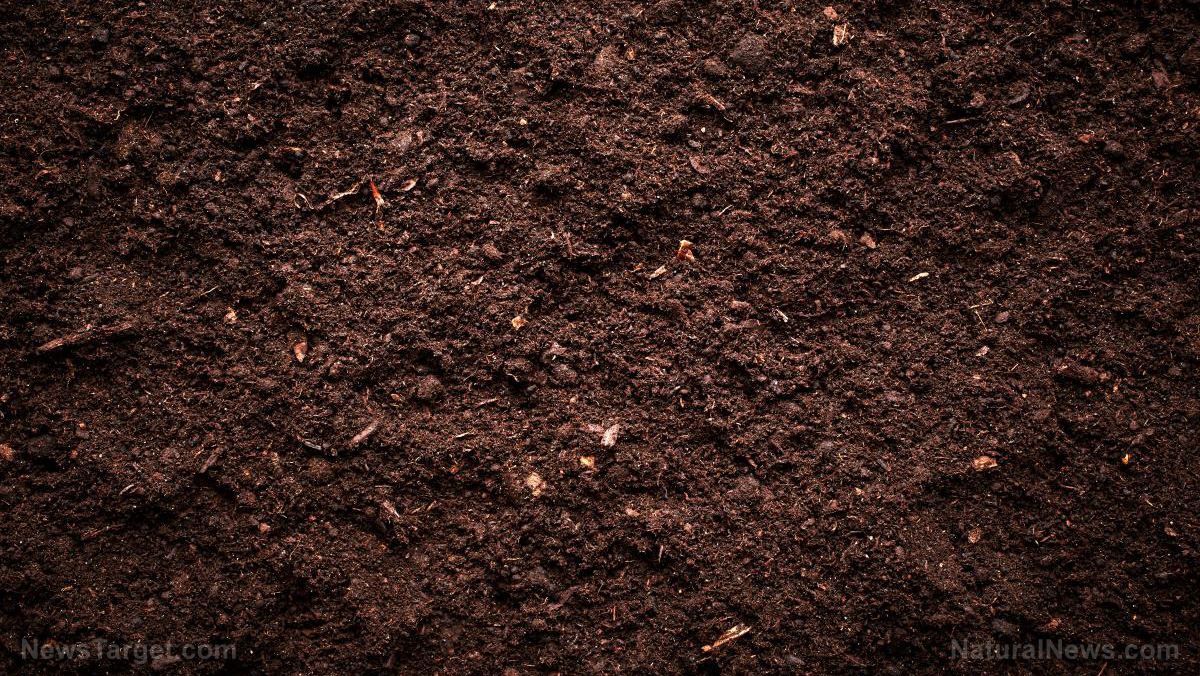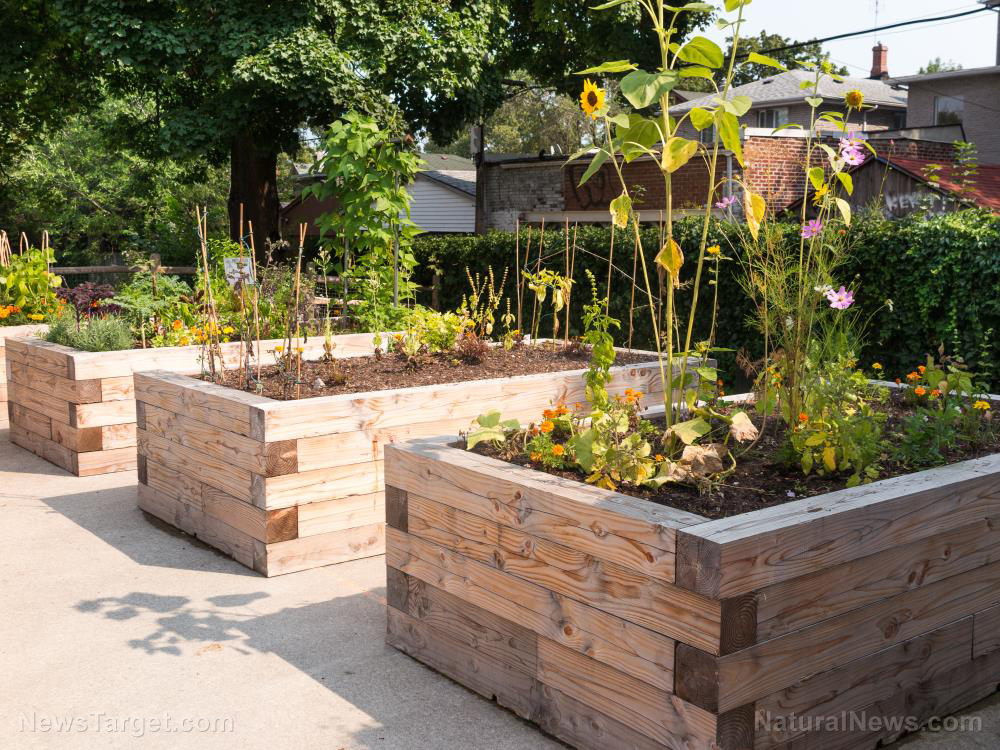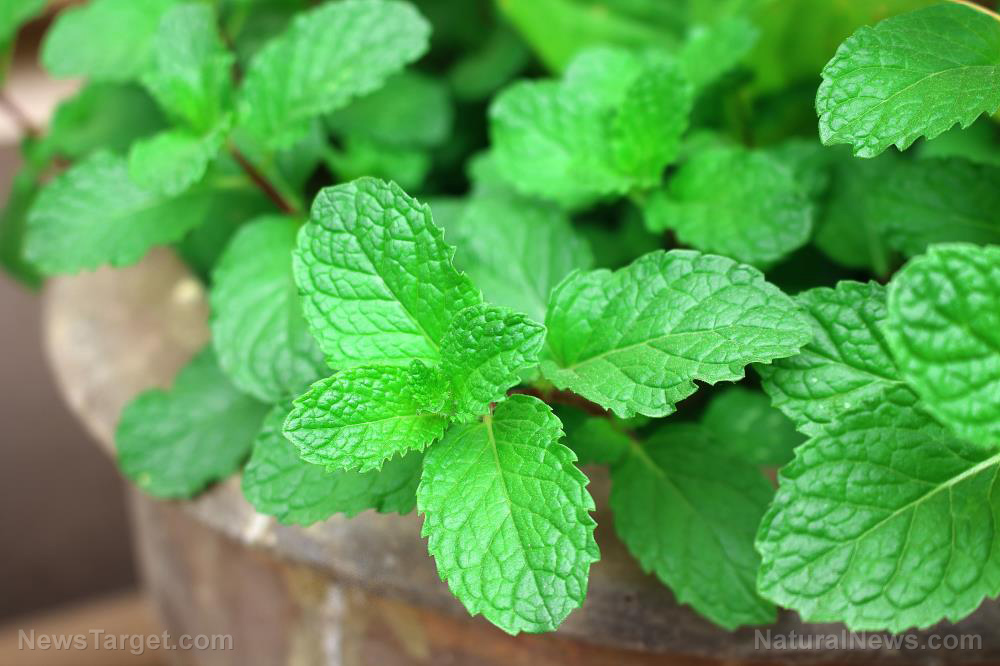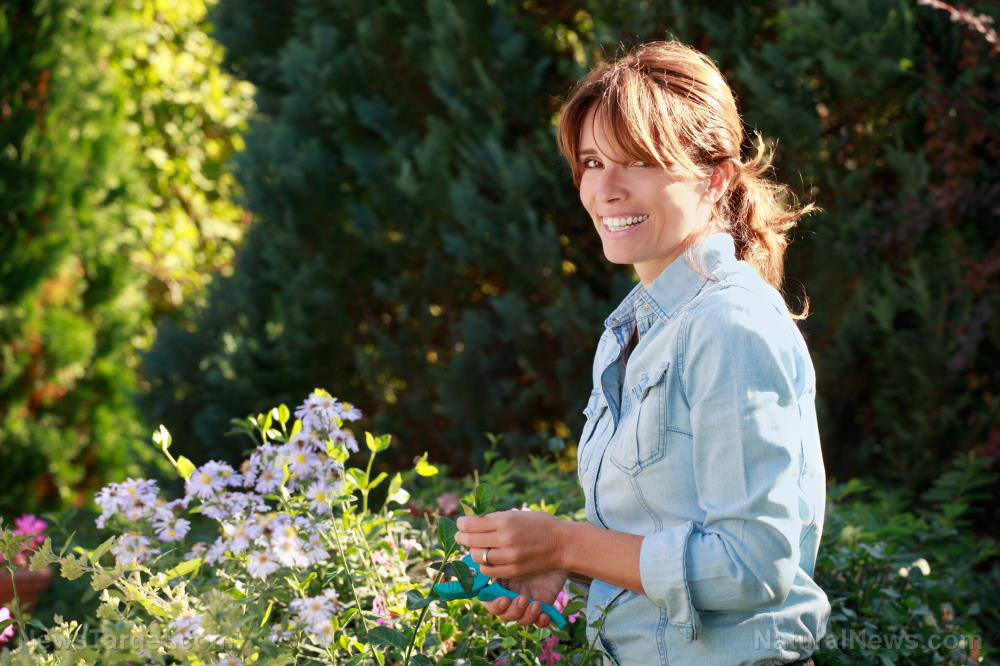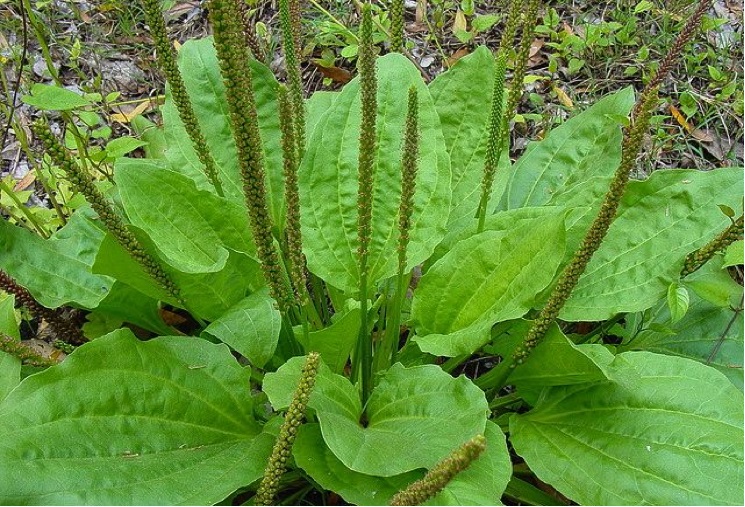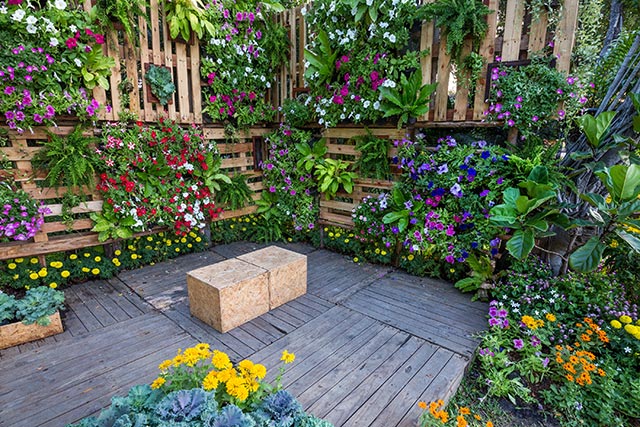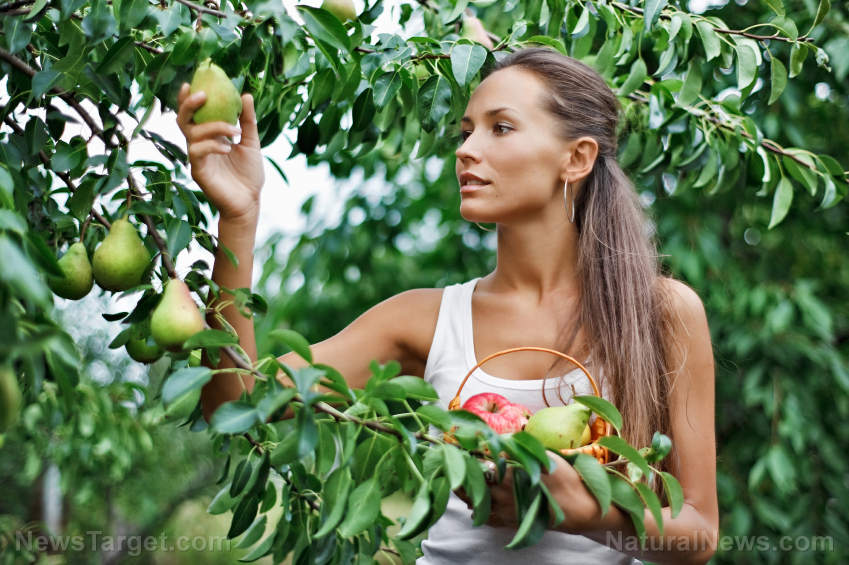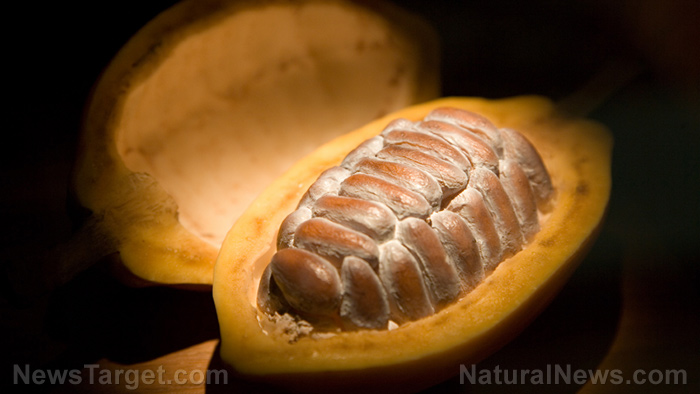Gardening hacks: High-yield strategies to make the most out of your space
08/09/2018 / By Zoey Sky
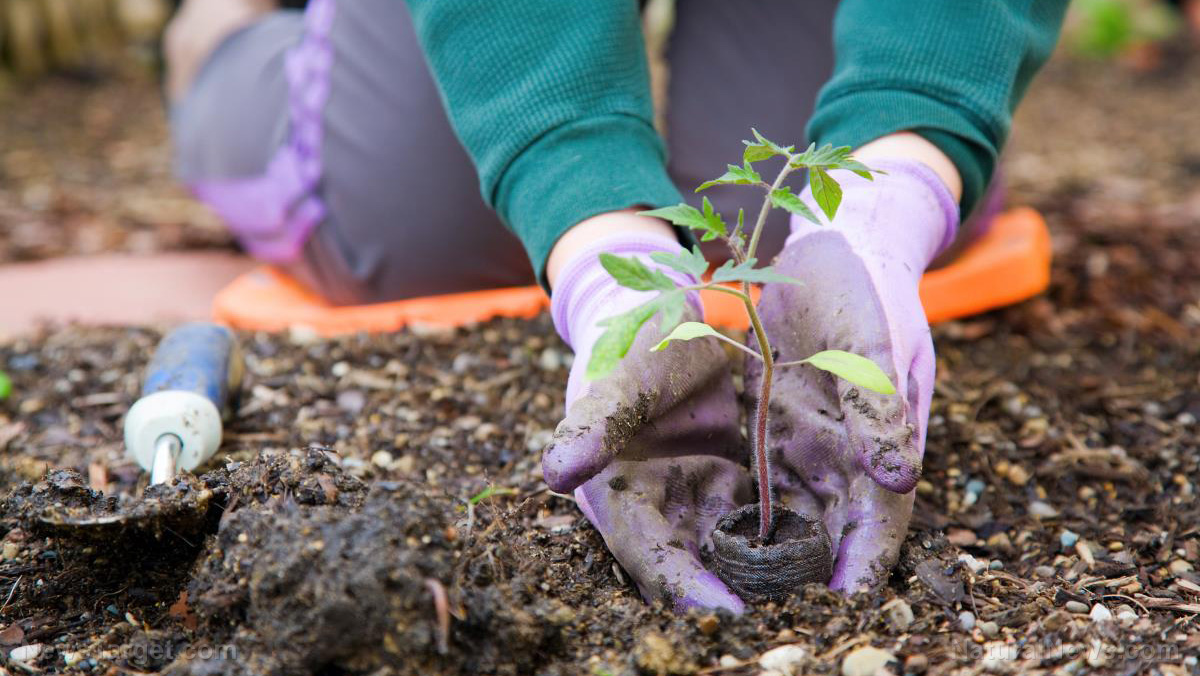
You don’t need a large plot of land to have a garden with a high vegetable yield. For productive gardening, you just need to figure out which strategies are best for your garden space. Here are seven high-yield strategies that can help you maximize your garden space. (h/t to GoodHousekeeping.com)
(1) Use raised beds with rich soil.
To boost yields, you need to build up the soil. With a deep and organically rich soil, you can encourage the growth of healthy roots. This kind of soil will produce high-quality vegetables.
Use raised beds to create a deep layer of fertile soil. With raised beds, your yield can go up to four times more compared to the same amount of space planted in rows. Thanks to efficient spacing, you can have more room to grow vegetables.
Raised beds can also save you time since the plants grow close enough that they will crowd out weeds. Aside from spending less time weeding, the close spacing also allows for more efficient watering and harvesting.
(2) Round out the soil in your beds.
By gently rounding the soil in an arc, you can make raised beds more space-efficient. For example, a rounded bed five feet wide across its base can give you a six-foot-wide arc above it. This extra foot, multiplied by the length of your bed, can make a big difference in the total planting area.
Plant green vegetables like lettuce or spinach on the edges of a rounded bed.
(3) Instead of planting crops in rows, plant them in triangles.
Don’t plant in square patterns or rows. You can maximize the yield from each bed by planting crops in triangles. This lets you fit about 10 to 14 percent more plants per bed.
Don’t space the plants too tightly. If plants get crowded, they won’t grow to their full size or reach their full yield. Crowding can stress plants, and this makes them more susceptible to diseases and insect attacks.
(4) Go with compatible pairings.
You can also maximize space by interplanting compatible crops. Pairings to consider include the classic Native American combination of the “three sisters:” beans, corn, and squash. The strong cornstalks will support the pole beans as the squash grows on the ground below and keeps out weeds. (Related: Control weeds naturally with vinegar.)
Other compatible combinations to try are:
- Basil, onions, and tomatoes
- Beets and celery
- Carrots, onions, and radishes
- Peas or brassicas and leaf lettuce
(5) Maximize space by growing climbing plants.
If you have a small garden, you can grow more vegetables by cultivating climbing plants. Try planting vining crops like bitter melon, chayote, cucumbers, peas, pole beans, squash, and tomatoes. These plants will require support via cages, fences, stakes, or trellises.
Cultivate vining crops on trellises on one side of raised beds. Add sturdy end posts with nylon mesh netting or string in between them as a climbing surface. You can tie the growing vines to the trellis.
Don’t worry about plants with heavy fruits. Melons and squash will develop thicker stems for better support.
(6) Time your crops.
With succession planting, you can grow more than one crop in a given space during one growing season. This lets you harvest three to four crops from one area.
In a single growing season, you can follow an early crop of leaf lettuce with some fast-maturing corn. At the same time, you can grow more greens or overwintered garlic.
To maximize succession plantings:
- Grow fast-maturing varieties.
- Add a ¼-to-½-inch layer of compost (or two cubic feet per 100 square feet) to the soil whenever you replant – Work the compost into the top layers of soil.
- Use transplants – A transplant is already a month or so old. When planted, it’ll mature faster unlike a seed sown directly in your garden.
(7) Cover the beds to extend the growing season.
Extend the growing season by keeping the air around the plants warm. Use cloches, cold frames, mulches, or row covers even if its cold. This can help buy enough time to grow another succession crop, like kale, leaf lettuce, or turnips. You can also harvest more end-of-the-season tomatoes.
Another option is to give heat-loving crops, like eggplants, melons, and peppers, an early start in the spring by using two “blankets.” The first will keep the air warm while the other will warm the soil. Do this at least six to eight weeks before the last frost date and preheat cold soil. Cover it with infrared-transmitting (IRT) mulch or black plastic that will absorb heat.
The last thing you need to do is cover the bed with a clear and slitted plastic tunnel. As the soil temperature reaches 65 to 70 degrees F, you must set out plants and cover the black plastic mulch with straw so it doesn’t trap too much heat. When the air temperature warms and the time for frost has gone, remove the clear plastic tunnel. Use the tunnel again at the end of the season when the temperature goes down.
Use these tips to increase the yield from your garden.
For more gardening hacks that can boost your vegetable yield, visit HomeGardeningNews.com.
Sources include:
Tagged Under: clean food, Food storage, food supply, fresh produce, gardening, gardening hacks, gardening tips, high-yield strategies, home gardening, Homestead, homesteading, off grid, organics, preparedness, prepper, prepping, self sufficiency, self-reliance, self-sustainability, small garden space, survival, sustainable living, urban gardening, urban prepping, vegetables




